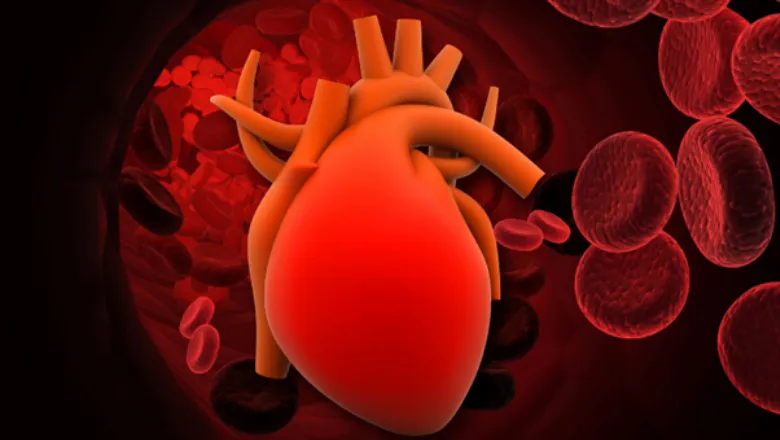Mitochondria are the main source of energy production in heart cells and, in the last few years, there have been a number of studies showing that sodium elevation inside the heart cell subtly affects mitochondrial function. This prompted us to explore whether this sodium increase could trigger this switch from burning fats to burning other fuels.
Professor Mike Shattock, School of Cardiovascular Medicine & Sciences
08 September 2020
Study offers new insights into the mechanisms of heart failure
New research funded by the British Heart Foundation offers new insights into the mechanisms of heart failure and identifies potential novel therapeutic targets.

Heart failure is a global pandemic affecting more than 64 million people worldwide. It is a debilitating disease with a greater than 50% mortality within 5 years and few effective treatments.
It has been known for many years that failing hearts switch their ‘fuel source’ from burning fats for energy to increasing their use of glucose. New research, led by Professor Mike Shattock from the School of Cardiovascular Medicine & Sciences, has found that this switch in fuel utilisation can be triggered by simply increasing sodium levels in the cardiac muscle cell.
In the study, researchers from London, Glasgow, Dundee, Birmingham and Texas, have shown that whether this elevation of sodium is induced acutely by drugs, or more long-term by heart failure or genetic mutation, they share a common ‘metabolic fingerprint’ shifting the energy supply away from fatty acids towards the use of other energy sources.
These findings provide unique insights not only into the mechanisms behind heart failure, but also identify potential novel therapeutic targets.
We desperately need better treatments for heart failure. We have known for some time that the elevation of sodium in failing hearts interferes with normal electrical and mechanical function. This study adds to this by demonstrating how the 'fuel supply' is also affected.
Professor Mike Shattock, School of Cardiovascular Medicine & Sciences
The research suggests that in a healthy heart this change in fuel supply can be switched on and off by simply changing the sodium concentration inside the cell. If this process is truly reversible, researchers hope that developing drugs that lower the sodium elevation in failing hearts will not only treat the electrical and contractile problems but may also improve their energy supply.

